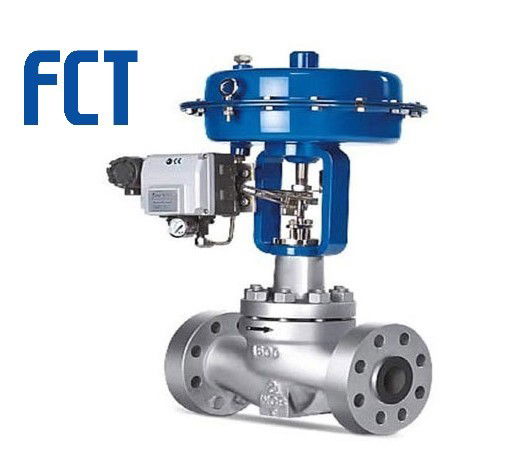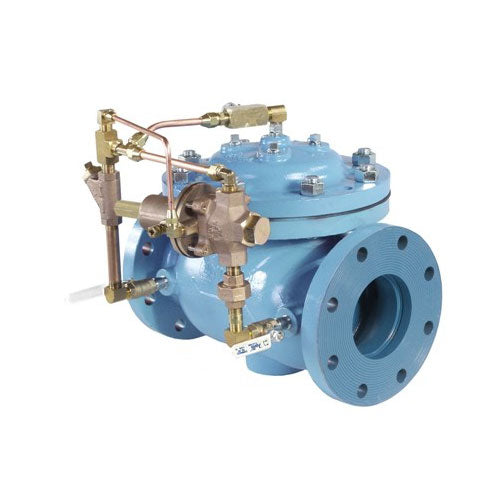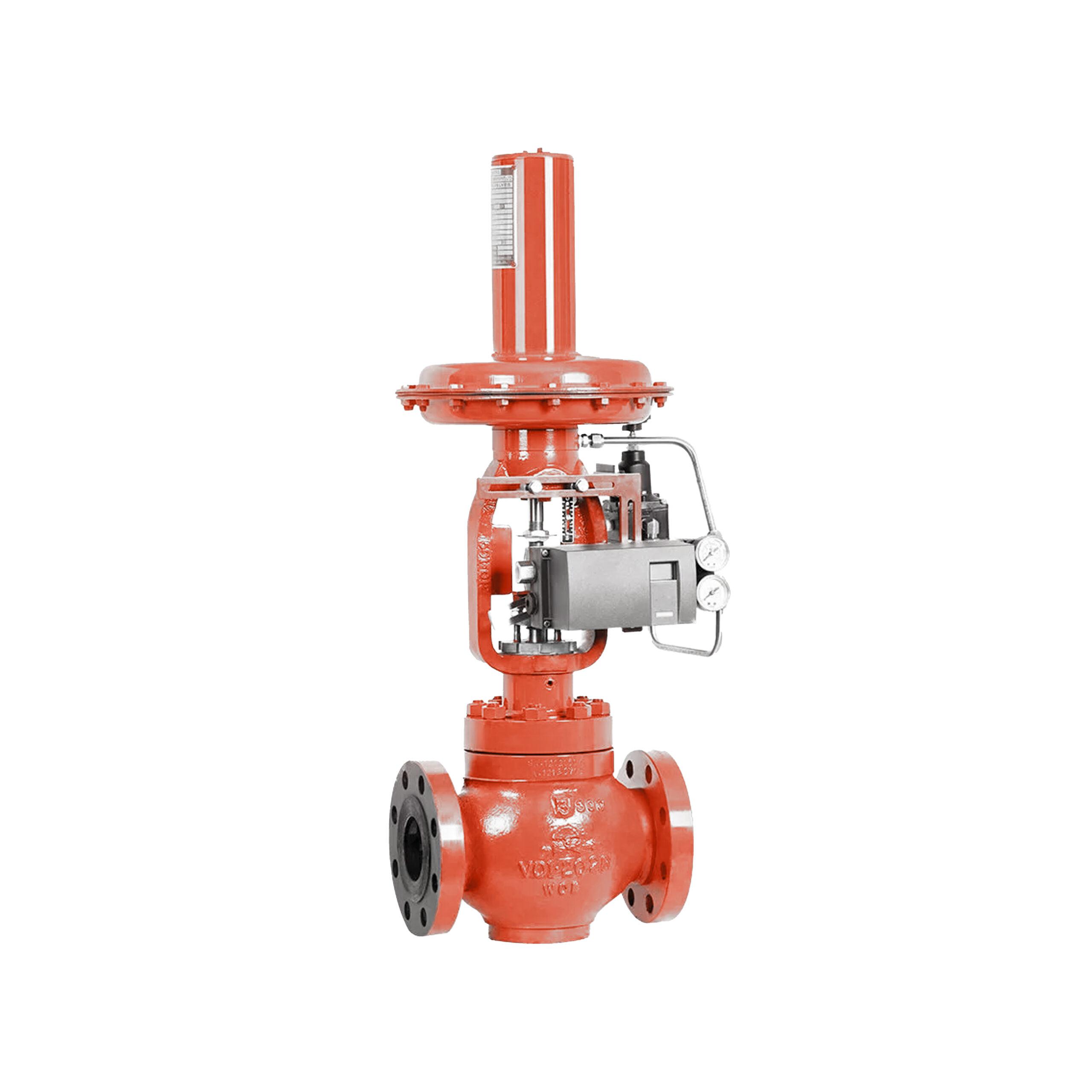Exploring the Capability of Modern Control Valves in Industrial Applications
Exploring the Capability of Modern Control Valves in Industrial Applications
Blog Article

Maximize Power Savings and Convenience With Advanced Structure Automation Controls
In the world of contemporary architecture and facility management, the integration of advanced building automation controls stands as a critical innovation. The merging of technology and sustainability has actually birthed a brand-new age where power efficiency, convenience optimization, and operational streamlining are no longer distant ambitions however achievable realities. By utilizing the power of automation, buildings can adapt, react, and develop in manner ins which were as soon as unimaginable. The potential for substantial energy financial savings and boosted convenience is not just an assurance however a possibility waiting to be satisfied. This paradigm change in building monitoring holds the key to opening a world where ecological conscientiousness and resident well-being sympathetically exist together within the walls of our structures.
Energy Effectiveness Advantages
Energy effectiveness advantages can considerably lower energy intake and functional costs in structures. By applying energy-efficient practices and innovations, structure proprietors and operators can accomplish significant savings while also adding to environmental sustainability. Among the main advantages of enhancing energy effectiveness in buildings is the reduction of utility expenses. Energy-efficient systems, such as innovative structure automation controls, can maximize the usage of sources like illumination, air conditioning, and home heating, causing lower power expenses with time.
Additionally, improved power performance can prolong the lifespan of structure tools and systems. By operating much more efficiently, cooling and heating systems, lighting fixture, and other structure elements experience less deterioration, leading to reduced upkeep and substitute expenses. Furthermore, energy-efficient buildings typically command higher residential property values and rental prices, providing long-lasting financial benefits to proprietors.
Additionally, power performance can improve owner comfort and performance. Correctly controlled interior environments with optimum lighting and thermal conditions develop an even more enjoyable and helpful work area, leading to improved staff member fulfillment and efficiency. In general, the power efficiency benefits connected with advanced structure automation controls are multifaceted, including expense financial savings, ecological stewardship, and owner well-being.
Enhanced Comfort Control
Enhancing comfort control in building atmospheres requires a sophisticated integration of advanced automation systems for optimum owner wellness. By making use of innovative structure automation controls, centers can customize the indoor atmosphere to meet the specific needs and choices of passengers. control valves.
Enhanced convenience control goes beyond standard temperature changes. It includes functions such as customized setups, occupancy sensing units, and all-natural light usage to create a dynamic and receptive atmosphere. By incorporating these innovative controls, structures can not only enhance convenience however likewise enhance energy efficiency by optimizing system operations based upon real occupancy and usage patterns. Eventually, focusing on resident convenience through sophisticated automation systems brings about a more satisfying and much healthier interior setting.
Functional Efficiency Improvements

Furthermore, the application of real-time monitoring and analytics tools enables building drivers to recognize power ineffectiveness and operational abnormalities quickly. By continuously monitoring power use patterns and system performance metrics, changes can be made in real-time to enhance power usage and guarantee peak functional efficiency. control valves. In addition, incorporating need response methods right into building automation controls can additionally enhance operational performance by dynamically adjusting power use based upon grid conditions and pricing signals
Indoor Environment Optimization
Efficient interior environment optimization is an essential facet of building automation controls, making great site sure occupants' convenience and wellness while taking full advantage of power savings. By using advanced sensing units and controls, building automation systems can constantly change and monitor temperature, humidity levels, air high quality, and ventilation to produce an optimum interior setting. Keeping comfy and regular problems not just enhances passenger satisfaction but also increases performance and overall well-being.
Indoor climate optimization also plays a crucial duty in power performance. By fine-tuning home heating, cooling, and ventilation systems based upon real-time data and tenancy patterns, building automation controls can considerably reduce energy usage - control valves. As an example, carrying out methods such as demand-controlled ventilation and thermal zoning can assist decrease power waste while making certain that each area of the building receives the required conditioning.

Lasting Atmosphere Creation
Structure automation regulates not just maximize indoor climate problems for energy effectiveness and resident comfort yet also lay the structure for producing a lasting atmosphere via calculated monitoring of sources and systems. By incorporating advanced structure automation innovations, such as sensing units, actuators, and intelligent software, centers can change and keep track of energy use in real-time to decrease waste and minimize their carbon footprint. These systems allow predictive upkeep, recognizing prospective issues prior to they escalate and maximizing equipment efficiency to enhance long life and efficiency.
Moreover, lasting environment production prolongs beyond power administration to encompass water preservation, waste decrease, and indoor air quality enhancement. Building automation controls can control water use, detect leaks, and make sure proper garbage disposal methods, adding to overall sustainability efforts. Additionally, by keeping an eye on and regulating ventilation and filtration systems, these technologies enhance occupant health and productivity while lowering power intake related to cooling and heating procedures.
Verdict
To conclude, progressed structure automation controls deal substantial advantages in terms of energy go right here savings, convenience control, functional effectiveness, indoor climate optimization, and creating a lasting setting. By applying these controls, structures can accomplish optimal efficiency while lowering energy consumption and improving resident comfort. It is apparent that making use of sophisticated automation innovation is critical in enhancing building performance and creating an extra lasting future.
Energy efficiency advantages can significantly reduce power consumption and functional expenses in buildings. Generally, the energy performance benefits associated with innovative building automation controls he said are multifaceted, incorporating expense savings, ecological stewardship, and resident health.
Furthermore, including demand feedback strategies into structure automation controls can further improve functional performance by dynamically adjusting energy use based on grid conditions and rates signals.
Structure automation controls not just optimize interior climate conditions for power efficiency and passenger comfort but additionally lay the structure for developing a lasting atmosphere with calculated administration of systems and sources.In verdict, progressed building automation controls offer substantial advantages in terms of power cost savings, comfort control, operational efficiency, indoor environment optimization, and creating a sustainable environment.
Report this page